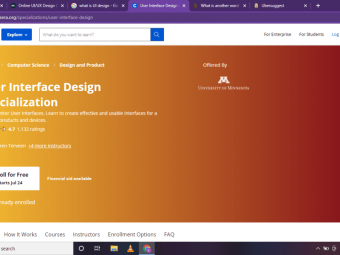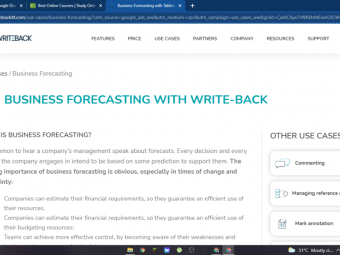C Programming Masters Toolkit Design Pattern For Clean Code
Tags: Embedded C
Go beyond learning C language syntax - Build structured projects - No spaghetti code - Real world STM32 example project
Last updated 2022-01-10 | 3
- How to set-up a maintainable project for continual development.- Create a system of structure for multiple C projects.
- Making modules of common functionality to take from one project into another.
What you'll learn
* Requirements
* Being able to read and write simple C programming language syntax.Description
What you will learn:
This course is build as a cookbook from several years of professional C software development projects. During these projects a general style of C code emerged. I learned the difference between bad code and good code.
This course is different and presents unique material for students who can use the internet to do basic searches about pointers, structures, STM32 HAL peripheral configurations and such. Instead this course will focus on the topic of software-design.
The material in this course goes beyond the standard language syntax and is build on top of that starting-point. The student will get real-live insights into how to apply his/her knowledge to fully independently solve project managers assignments and develop new features.
What you will gain:
Currently there is no minimum standard in the software world and everybody learns their way into writing good code eventually. The goal of this course is to speed up this process with help of sharing my own professional toolkit.
In this course I will share the difference between a hobbyist level coder to an experienced programmer.
From this course a student will receive several templates, style guides, and design tricks to build any software project. With these in hand, the student will have the knowledge of at-least one or several years worth of programming experience.
The student will have confidence in their ability to work in a professional programming environment.
Why should you choose this course:
There is a stigma of programmers being rude to newcomers, I hope with this course any student will be able to modify or work together with any other experienced professional programmer without a big learning gab in-between.
I would teach this material to any starting Embedded C / Embedded Systems programmer who I would consider my close-friend. Destiny may not provide you with any senior engineer to take you under their wing, but by this course I will fulfill that role!
Who this course is for:
- Beginning Embedded Systems C developers
- Beginning C programmers
- Beginning Embedded C programmers
- Beginning Embedded C developers
- Beginning C software designers
Course content
5 sections • 18 lectures
Overview Preview 01:14
Syntax naming convention Preview 03:08
Further research
Quantitative measure of good and bad software.








 This course includes:
This course includes:
![Flutter & Dart - The Complete Guide [2022 Edition]](https://img-c.udemycdn.com/course/100x100/1708340_7108_5.jpg)















